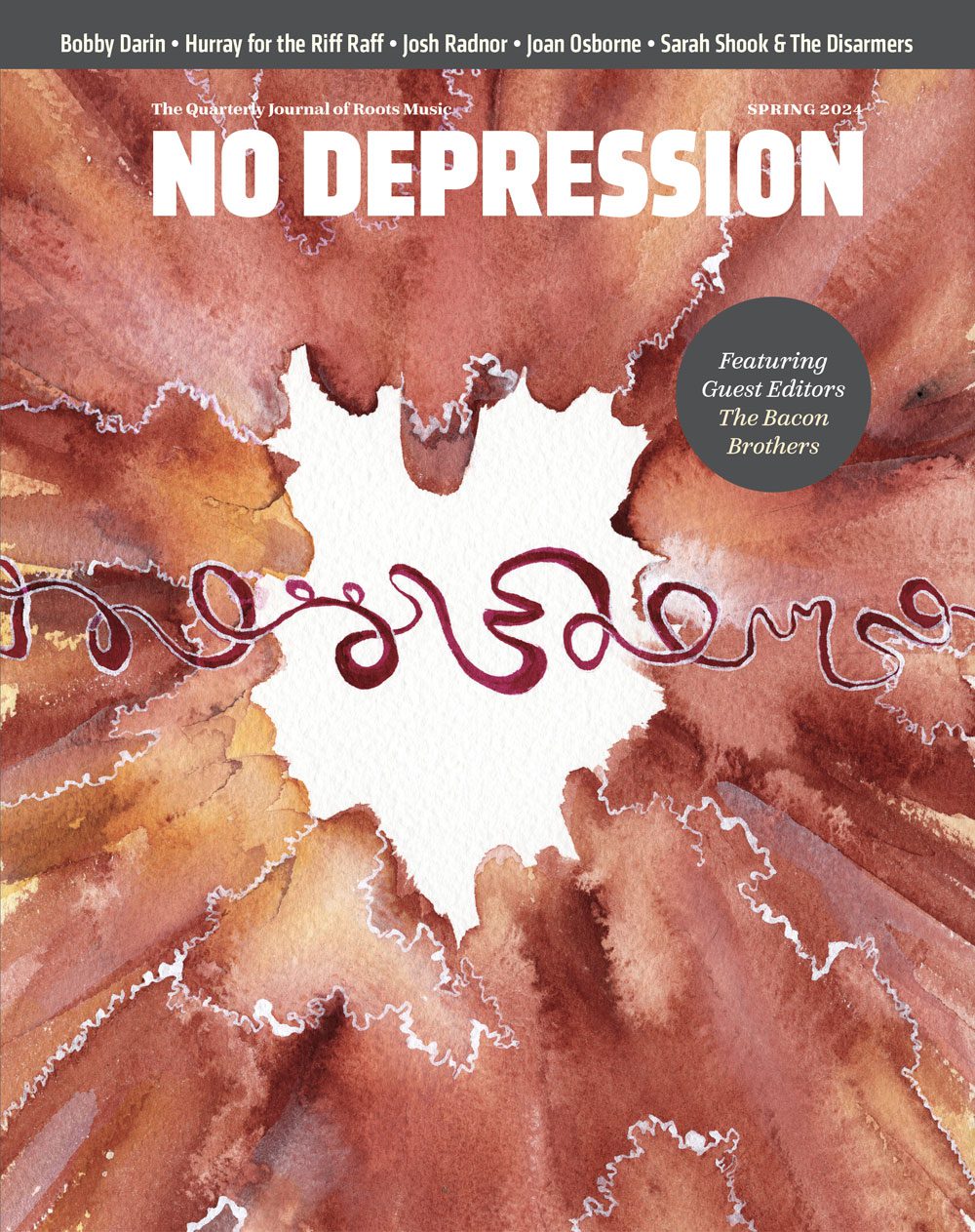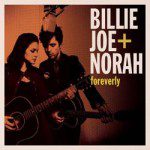America: More Gumbo than Melting Pot?
Though we’ve all accepted it as the standard description of American culture for over 200 years, I’m starting to think that the melting pot metaphor falls far short of the reality here. It assumes that assimilation is the ideal, that we somehow want to create this uniform national identity. It assumes the loss of unique ethnic & cultural characteristics, and it is not, in practice, what has happened here in the United States.
The reality is much richer and more textured. Assimilation assumes the melting away of the specific characteristics that define ethnic identity, and begs the emergence of a ‘standardized’ American culture. We’re far too contrary as a nation, however, to paint such a simple and homogenous picture, and when we look closely at American culture, the strains of each of the individual ethnic groups that contribute to our collective noise remain apparent, however deeply buried they may have become over the years. They remain visible in the vibrant neighborhoods in our cities and in rural regions throughout the country. Characteristics are taken on by other groups, traded and re-expressed on a natural and on-going basis, but the original DNA remains visible when we have the eyes to see it.
We all borrow from each other, keep what fits, alter it to work with our own style, and put it out to be borrowed back and changed again.
This is especially true in our music, and why music is such a great place for us to constantly redefine who we are as a culture. It’s how the banjo – with its “half-barbaric twang” – a stringed instrument from Africa that epitomized the plantation ‘darkey’ in the middle of the 19th Century, could end up being the instrument most Americans now associate with an Appalachian ‘hillbilly.’
It’s how urban African-American musicians could take swing from the ‘whorehouses’ in Missouri and ragtime ‘piano professors’ in New Orleans, combine it with the bent notes of the Delta blues, improvise their way through European-style songs from Tin Pan Alley, and come up with our most singular musical achievement – jazz.
When I picture a melting pot it puts me in mind of some sort of cosmic oatmeal, a bland & tasteless soup whose ingredients are too softened to have any real definition. I’d be happier with a bowl of gumbo, full of spice & definition. And that’s what we’ve done. The process hasn’t been gentle. It’s been full of cruelty, hardship and inequality.
But we’ve managed to pass the notes back and forth until we came up with music no pure ethnic culture could have ever created, a fitting reflection of the society we’re trying to make work, full of competing strains and contrary rhythms.
It may not always be pretty, but I happen to think it’s a thing of complex and incredible beauty.
I’ve just completed an album that attempts to capture the sound of this melting pot, or gumbo – whatever you want to call it. The album is built around American field recordings made between 1929 – 1959 and surrounded by samples that call to mind as many styles and time periods of American regional music as I could throw in the pot. The album is called “A Yankee Clipper In Congo Square,” and can be found at:




